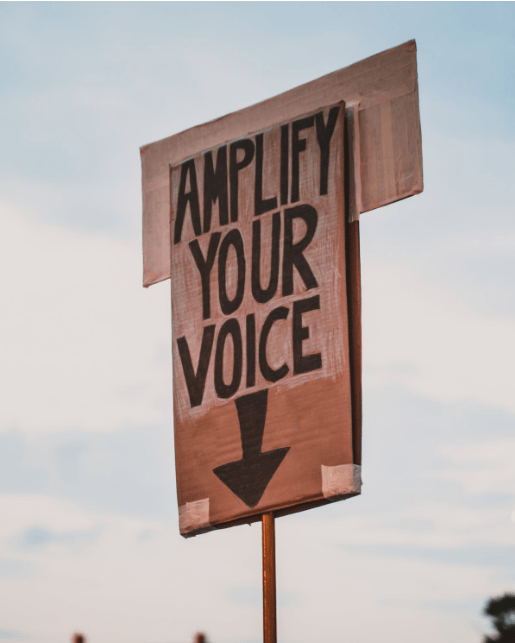How to Rock Nonprofit Text Messaging Appeals
 Text messaging is becoming an increasingly important fundraising tool. Why? One of the reasons is U.S. adults now spend 10.5 hours/day consuming media. With all the competition for your donors’ attention, there’s a need to cut through the clutter.
Text messaging is becoming an increasingly important fundraising tool. Why? One of the reasons is U.S. adults now spend 10.5 hours/day consuming media. With all the competition for your donors’ attention, there’s a need to cut through the clutter.
Texting can do that! In fact, it offers a wonderful way to strengthen and build authentic relationships with your donors because it’s so intimate and immediate. Done well, it can create a potent way for people to connect with your cause.
The key is to choose the texting tools that will work best for you, given your resources and constituency, and to wield those tools with wisdom and responsibility. While I’m not recommending any particular products, much of what I’m reporting in this article I’ve learned from experts at Rally Corp and Qgiv. You can find additional platforms here; there are others as well.
Why text messaging is so powerful for fundraising
- Over 90% of Americans own a smartphone. And they look at it at least 80 times/day, on average.
- 98% of texts are read within the first five minutes – which is way better than the 20 – 30% open rates for emails.
- 39% of people have more than 100 unread emails in their inbox, with 20% saying they have over 1,000
- 10 – 15 minutes is the average adult attention span; short term it can be as short as 8 seconds.
- 90% of texts get opened and read.
- 45% of people reply to branded text message blasts; 5%x the average reply rate of emails. The most immediate information – where folks go if they really want to reach us – is found on smart phones.
- Almost 40% of Americans use cell phones to pay at least one bill. So your constituents are already accustomed to processing financial transactions via mobile.
- Studies suggest text messages generate average gifts of $112 per Rally Corp. Even major gifts are given this way today.
- Adding a text to donate as a giving option resulted in a 32% increase in giving over a 12-month period per a study by PushPay.
- A study by Qgiv learned 10% of donors, overall, prefer to give by phone. And it’s a higher percentage for certain demographics. While not as attractive to Boomers (who still represent the majority of giving), it’s true for more than 30% of GenX and Millennials.


 What do you most need to sustain your nonprofit through thick and thin?
What do you most need to sustain your nonprofit through thick and thin? No one can do it alone, sitting in their own little corner.
No one can do it alone, sitting in their own little corner.
 Trust defines the credibility and legitimacy not only of your organization, but of the entire social benefit sector. Yet too few organizations make the effort to operationalize this construct into their fundraising and marketing planning.
Trust defines the credibility and legitimacy not only of your organization, but of the entire social benefit sector. Yet too few organizations make the effort to operationalize this construct into their fundraising and marketing planning.



 Ever have a well-meaning, yet perhaps overly controlling or risk-aversive, boss say to you:
Ever have a well-meaning, yet perhaps overly controlling or risk-aversive, boss say to you:
 You’ve no doubt become familiar by now with the term “
You’ve no doubt become familiar by now with the term “